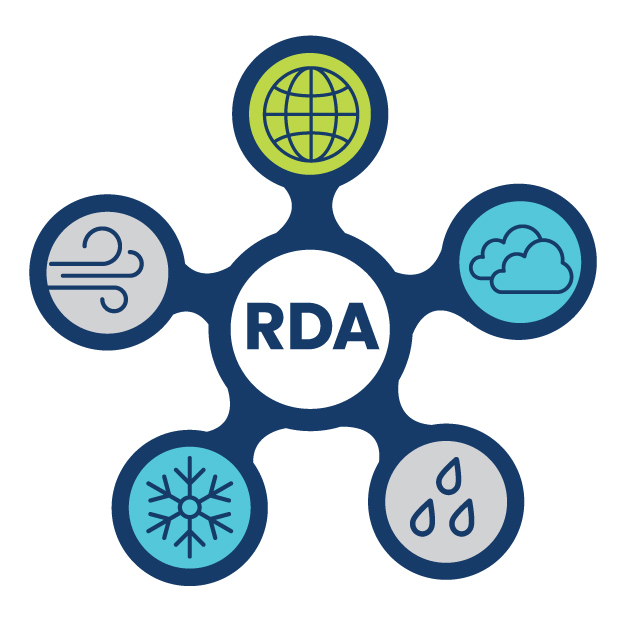
Global Atmospheric Circulation Statistics, 1958-1989
d217001
| DOI: 10.5065/9PPT-SQ83
Twenty-two monthly statistical quantities make up this dataset of grids which describes the atmospheric general circulation at eleven vertical levels across the troposphere and stratosphere over a 32-year period. These gridded analyses, created from upper air soundings across the globe, span the period from May 1958 to December 1989. The statistical parameters, which are useful for comparing climate model simulations to actual observations, include monthly means and variances of horizontal and vertical wind, temperature, geopotential height, moisture, and horizontal wind divergence. There are also covariance terms describing the relationship between wind, temperature, moisture, and geopotential height. In general, the analyses near the surface of the earth (900mb and below) tend to be less reliable than those of the higher levels because the individual rawinsonde reports are often incomplete due to missing 1000mb reports.
| Convergence | Geopotential Height | Humidity | Upper Air Temperature |
| Upper Level Winds | Vertical Wind Velocity/Speed |
Latitude Range: Southernmost=90S Northernmost=90N Detailed coverage information Detailed coverage information 5° x 2.5° from 180W to 180E and 90S to 90N (73 x 73 Longitude/Latitude)
 This work is licensed under a Creative Commons Attribution 4.0 International License.
This work is licensed under a Creative Commons Attribution 4.0 International License.